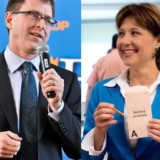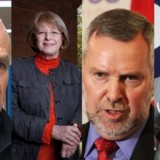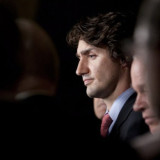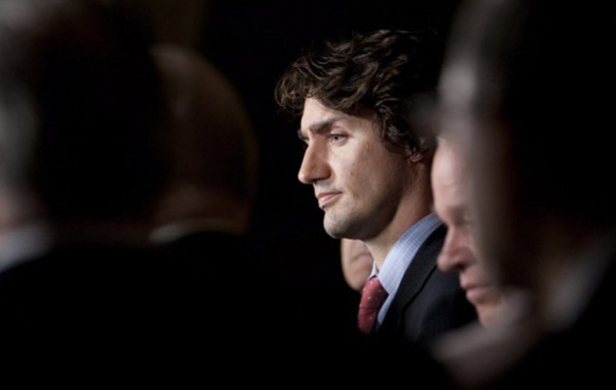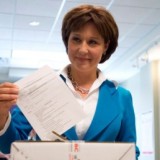Premier Christy Clark was right when she told the Canadian Press it’s“the people of British Columbia that choose the government.” For months polls indicated the BC NDP was winning the hearts and minds of British Columbians. Then a couple of weeks prior to the election, the gap narrowed as the news media rushed to publish poll after poll suggesting this.
But the polls did not all agree on how close that gap really was – some said nine points while others suggested a much closer “horse race.” Politicians have known for a long time that the news media makes a lot of money during political campaigns and elections, and they make even more when elections are close. While Clark doesn’t come out and say this word for word, there are hints of this idea within her words. And she’s right, it’s a good thing Canadians don’t listen to the polls, or else we’d just all give in, or give up.
As most Canadians are aware, the legacy news outlets in general are not doing so hot these days, which means the pressure to profit from elections is heightened. The few that are doing well are innovating – such as the Hearst Corporation, a media company with a long and storied history, that has taken to the tablet industry with great success.
While it’s undoubtedly a shocking time for many of our readers at The Common Sense Canadian, what’s more important to ask at this point is who benefited from a 20-point NDP margin that became a four-point margin in a few short weeks. These are not easy questions to ask as a voter living in a democratic country such as Canada – questions many Canadians shy away from asking because they sound conspiratorial in nature. At the end of the day, however, it was a poll conducted by Toronto-based Oraclepoll Research Ltd. that proved closest to the truth by suggesting a four-point margin. The actual difference was 4.9 per cent for the Liberals, not the NDP. So even the closest poll was wrong by 8.9 per cent. At worst, early predictions of a 20-point advantage for the NDP were off by a staggering 25%.
There are voter turnout issues to consider, since much of the NDP base consists of younger people who may not have turned out to cast their ballot. Perhaps pollsters should be asking citizens not only who they support, but whether they actually intend to vote for them. As reported earlier in these pages, the condition of the polling industry which is represented as a whole by the Marketing and Research Intelligence Association, is not so good. While most news organizations are pointing out that polls conducted by Angus Reid were perhaps the most wrong in this election, despite the venerable pollster’s solid reputation, Reid did say on the record about nine years ago that the polling industry was “shaky” to say the least.
So nine years ago a leading polling expert raised the red flag, but did our collective Canadian consciousness listen? Maybe, maybe not. But recent elections here in Western Canada should cause concern. There are many good points being made in the news media the morning after the B.C. election about how the 2012 Alberta election differed from our just-concluded 2013 election here. That being said, there are also many similarities.
As suggested by several good Canadian Press articles published in the last 12 hours, in Alberta it is thought polling was correct and that a last-minute shift occurred. As Canadian Press reporter Tyler Harbottle points out, there is no reason to believe that’s the case with the B.C. election. In the Edmonton Journal, the Alberta leaders weighed in on the B.C. election outcome, pondering how the same thing could happen here in B.C. as it did in Alberta not so long ago.
In the final days of the campaign, the mainstream media laid its cards on the table with a series of editorials backing Clark, praising her economic credentials. Despite their declining revenues, these newspapers still enjoy large readerships and are therefore able to wield influence. The impact they had on the BC election outcome is difficult to quantify, but it’s there nonetheless.
John King was a reporter and editor at a number of newspapers in Western Canada. Today he runs a design firm.



